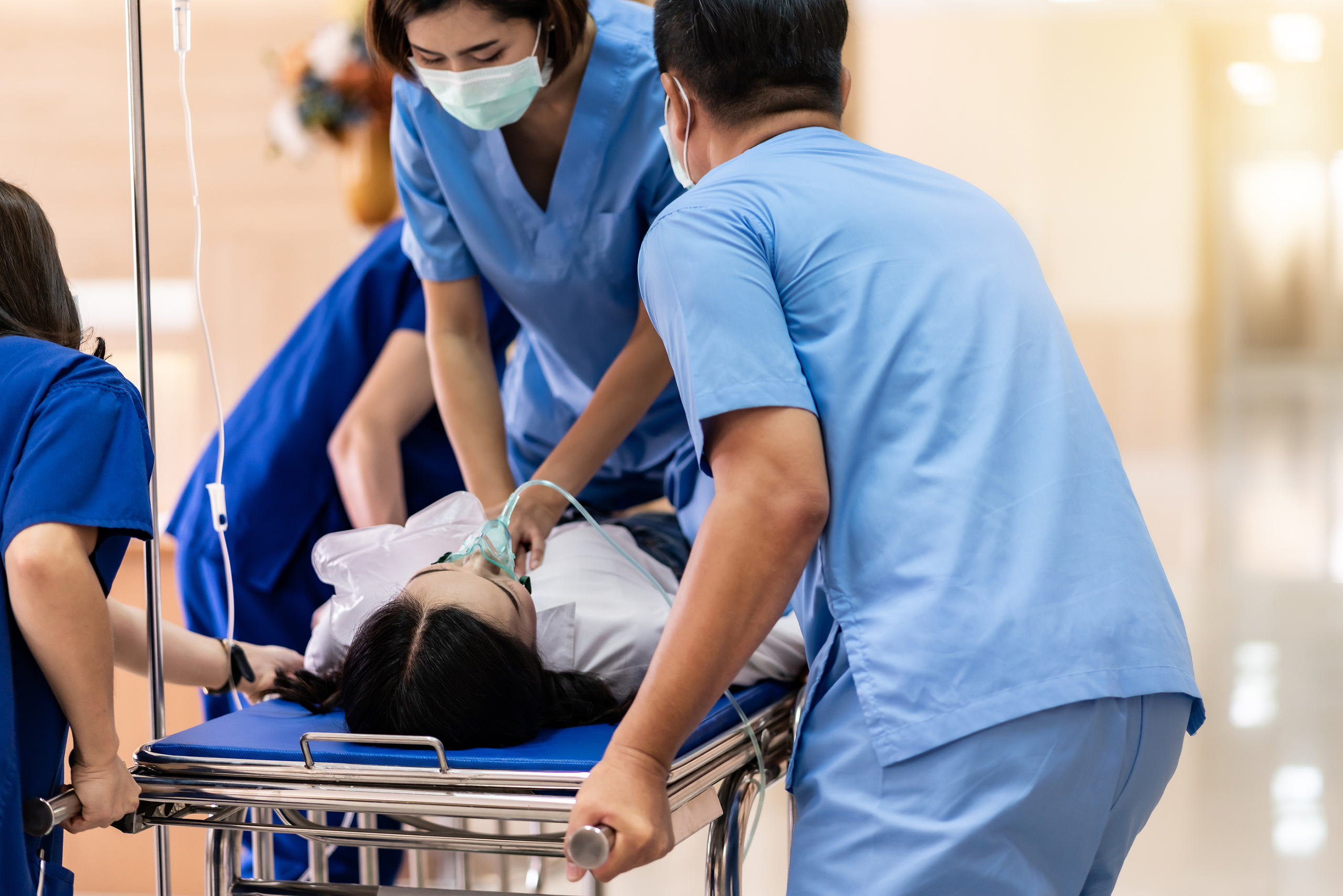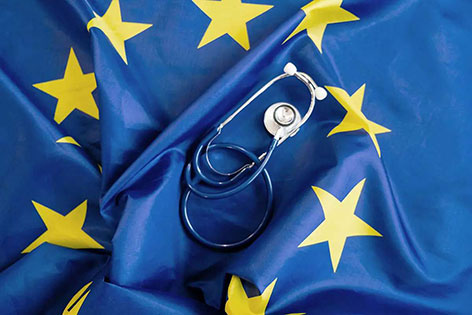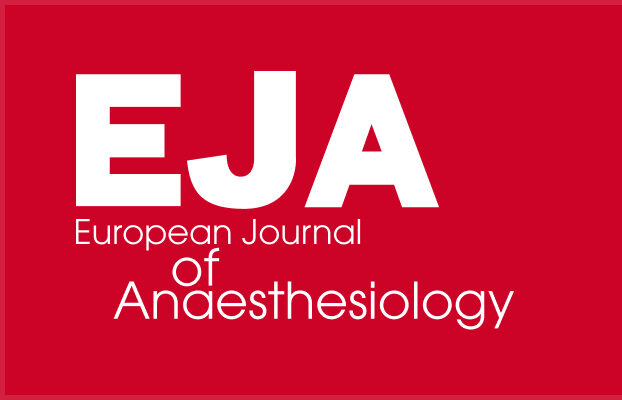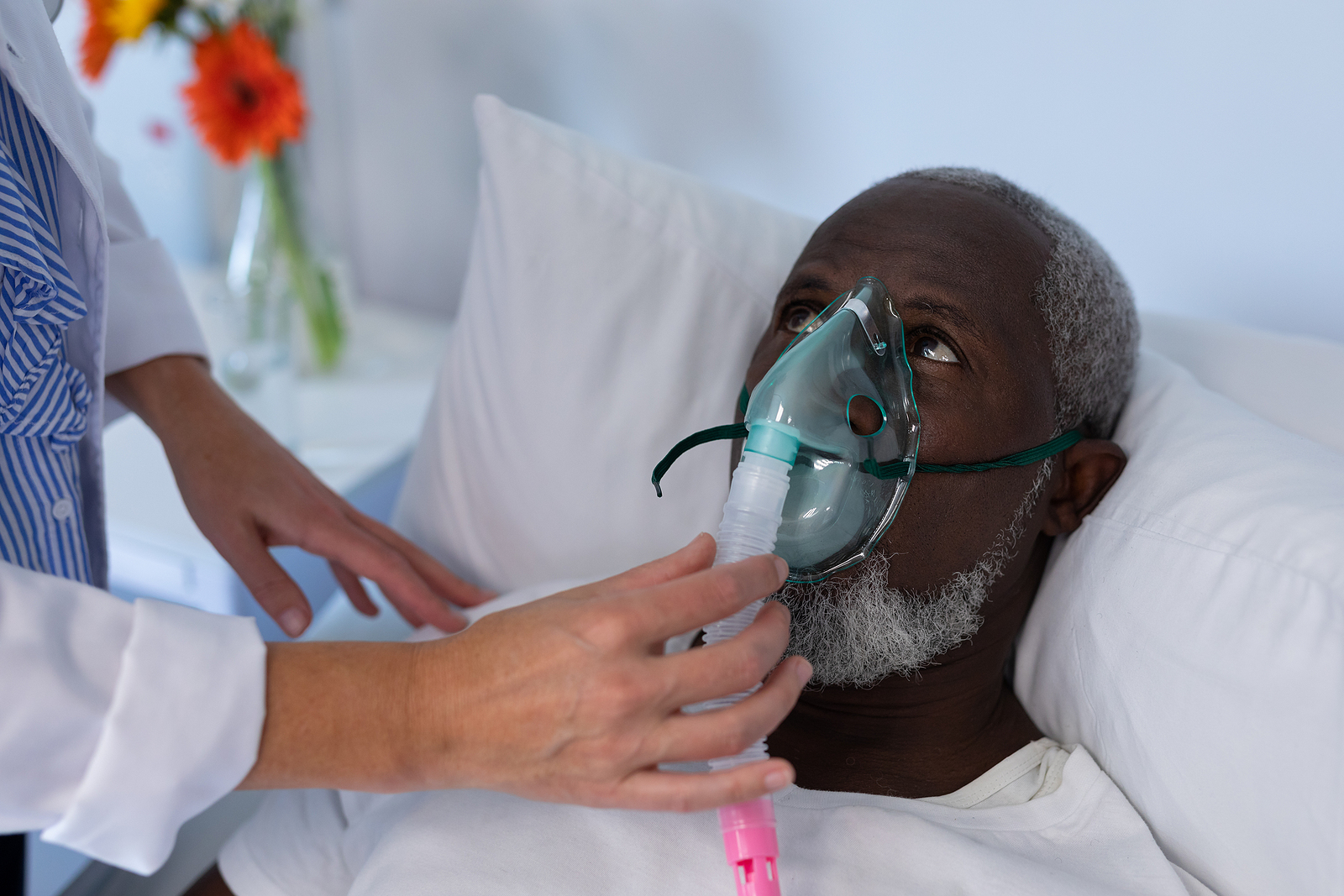Newsletter 2021
Patient safety in anaesthesia
Tzima Maria,MD,MSc,PhD(c)
Hippokrateion General Hospital of Thessaloniki, Greece
martzi88@yahoo.gr
Albert Einstein had once said, ‘a person who never made a mistake never tried anything new’. Last year marks the 10th anniversary of the Helsinki Declaration on patient safety in Anaesthesiology and September 17th is established as World Patient Safety Day. Nowadays, there is a great interest in patient safety and foundations have been established to deal with patient safety.1
When it comes to patient safety in anaesthesia, Elaine Bromiley’s story is the first to be brought in mind.2 Elaine Bromiley, aged 37, was admitted for a scheduled nasal septum scoliosis correction, when difficult airway management was noticed and precious time until successful intubation was spent, resulting in cerebral oedema and death. Her husband, Mr Bromiley, a pilot, instead of blaming, is working in a campaign in order to improve patient safety and quality. 3

Anaesthesia fields of care include a wide range of clinical situations such as preoperative assessment, equipment and drug availability check, syringe labelling, airway management, monitoring, pain management, postanaesthetic care and critical events management (malignant hyperthermia, local anaesthetic toxicity, massive bleeding, transfusions, anaphylaxis).
According to the International Code of Medical Ethics, doctors should maintain the highest standards for patients benefit.4 According to the Oxford English dictionary, an error is defined as “something is incorrectly done through ignorance or inadvertence; a mistake, e.g., in calculation, judgment, speech, writing, action, etc”.5 Bates et al noticed that 2% of patients experience a preventable adverse drug event, which prolongs hospital stay, ICU admissions and total costs and a two-fold increase of errors during anaesthesia training. When talking about safety in anaesthesia an unscheduled ICU admission the first 24 hours after surgery is an index of patient safety and is related to anaesthesia or surgery complications.6
The Swiss cheese model suggests that only when different holes of imaginary cheese slices align, then it becomes possible for an arrow to cross all of them at once, and practically allow an accident to happen. These various “slices” include environment, technical and non-technical skills, decision making, violation of protocols.7 Errors may be classified according to their different nature as to a complication after an action, equipment or material failure, communication error, limited diagnostic criteria, poor surveillance, limited resources.6
Personnel burnout has been always an issue of concern, but after the COVID-19 pandemic, deserves greater concern along with psychological stress assessment. During this period, the commonest errors reported were due to distraction and fatigue, replacement expectation or the wrong dosage of drug and half of them happened during anaesthesia maintenance. Almost half (47.8%) of them were not harmful to the patient. Errors were increased for overnight and post-call orders.8 A systematic Review on Healthcare Staff Wellbeing, Burnout, and Patient Safety correlated doctors’ poor wellbeing with poor patient safety outcomes and showed that poor wellbeing and moderate to high levels of burnout were associated, in the majority of studies reviewed, with poor patient safety outcomes such as medical errors. 9
What should we do about it?
When a drug is to be administered, its identity, dosage, route, patient, interactions and allergy history should be checked. Every error should be recognised, reported and when possible corrected. Colour coding templates should be applied, as well as syringe labelling. Non-technical skills development is necessary for better communication and collaboration. In case of troubleshooting, various aviation protocols have also been proposed, such as the SBAR-DR model (Situation-Background-Assessment-Responsibilities and Risks-Discussion and Disposition-Read back and Record).10 In this direction, WHO has created a three-part surgical safety checklist, at critical time points as anaesthesia induction, skin incision and patient departure from the operating room.11 An interesting device called VEINROM, may protect patients against erroneous drug administration. It is a unique eight-port manifold and syringe assembly. Specific syringes fit only specific ports, labelled V for vasopressors, E for emergency drugs, I, N for induction agents, R for reversal agents, O for opiates and M for miscellaneous drugs. 12
Error detecting and reporting and communication skills improvement are crucial skills deserving any investment. We as anesthesiologists are all responsible for our patients’ safety and the best outcome. This is not just a clinical but also a moral duty originating from Hippocrates.
References
- https://www.apsf.org
- https://elearning.rcog.org.uk//new-human-factors/teaching-resources/case-study-just-routine-operation
- Cooper A, Gray J, Willson A et al, J Commun Healthc. 2015;8(1):76
- https://www.wma.net/wp-content/uploads/2006/09/International-Code-of-Medical-Ethics-2006.pdf
- https://www.oxfordlearnersdictionaries.com/definition/english/error
- Rayan, Ayman, Aly et al. Anesthesia, essays and researches, 2019;13: 193
- Wheeler SJ, Wheeler DW.. 2005;60:257
- Erdmann TR, Soares Garcia JH et al, Bras.Anestesiol, 2016;66-105









